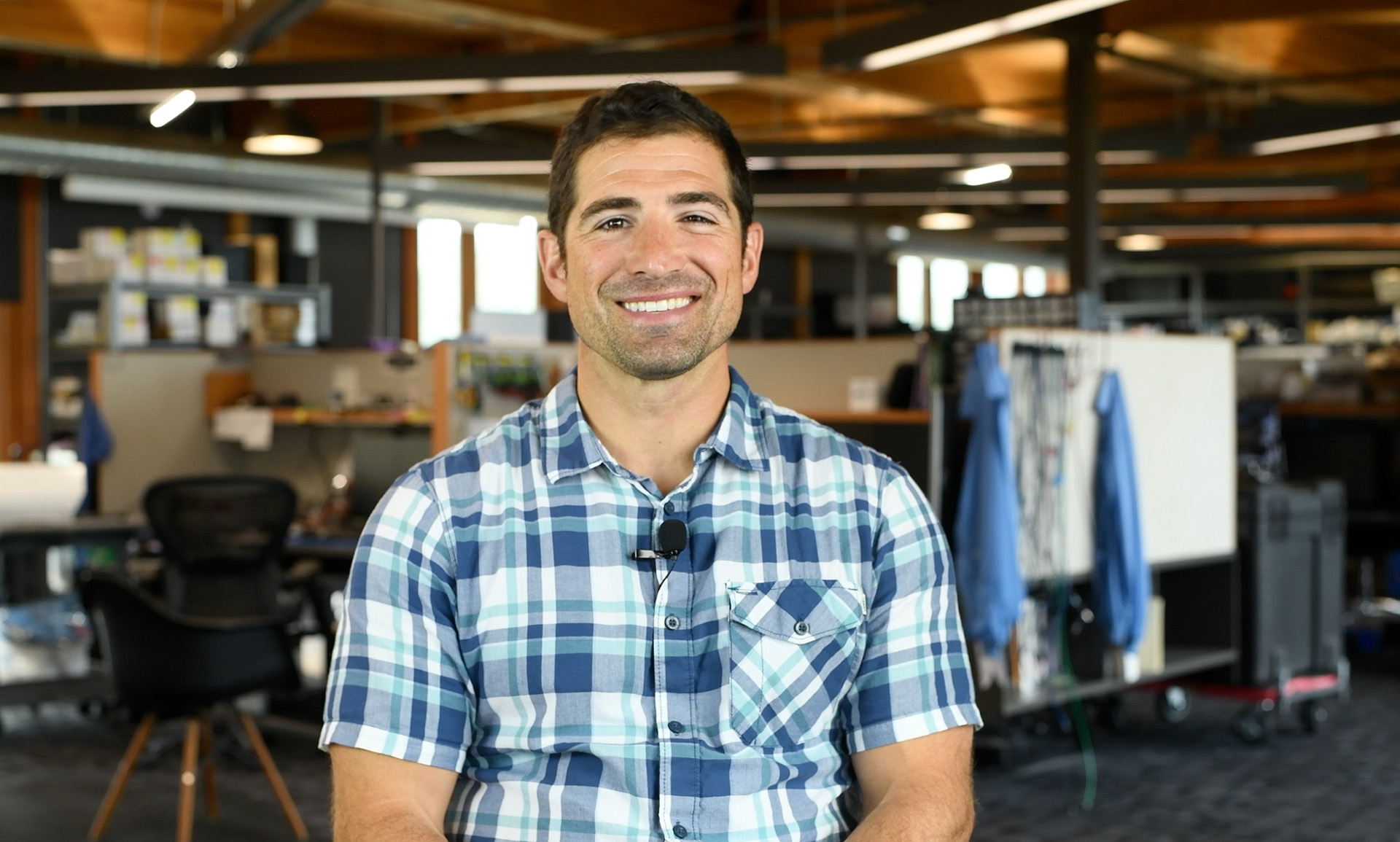Last modified on September 11th, 2024 at 8:38 am
Have you ever run into roadblocks when your team is working on a highly technical problem?
Does one unforeseen issue often cause the team to lose focus, leading to an ever-expanding scope? When working with others between companies, groups, and teams on highly technical issues you quickly realize that a professional level of communication is required.
It will fall on the project manager to ensure quality communication between engineers, managers, and team members alike, so every member of the team can perform best in their role. SOTI employee, James Munk, recently received his Project Management Professional certificate (PMP) to help our teams communicate and navigate through complicated issues. We asked James a few questions about his experience in the project management role and how it shapes our work at Sierra-Olympia.
Were there any requirements to get your PMP? How much effort did it take to get your certificate?
Yes, there are education and experience requirements that must be met. These include 35 hours of formal Project Management Training by a certified trainer, as well as 4500 hours of Project Mgmt experience. Once these both have been satisfied, you need to submit an application which must be accepted by the Project Management Institute (PMI) before you can sit for the PMP Exam.
Having worked in Program/Project Mgmt for the last 4.5 years, I met the experience requirement and was able to participate in a company sponsored PM Boot Camp in addition to the Project Mgmt professional development program I attended at PSU. Having met the education and experience requirements, once I decided to take the exam, I worked through the Project Mgmt Body of Knowledge (PMBOK), studying for about 5-8 hours a week over the course of 12 weeks (about 3 months).
What are some risks when building an infrared system that you help mitigate for the client?
Some of the main risks are aligned with Cost, Schedule and Performance, which are the three elements of the PM Triangle. Another main risk driver is the product requirements set, which can wreak havoc if not well established at the beginning of a project. My role is to help ensure there is a detailed and documented plan and set of requirements from the onset which allows everyone to stay aligned on the project’s scope, cost and schedule, to minimize surprises, conflicts and unmet expectations throughout the project.
Do SOTI projects require a predictive, agile or hybrid approach?
We tend to use both predictive and hybrid approaches. While most are run using predictive methodology, we are currently working on a development project for an Optical Gas Imager that is being progressively elaborated as we go. This has been evident predominantly regarding component selection and overall product form factor/industrial design.
How does your role affect the role of those you work with?
My role as Program Manager focuses on the administrative side of things such as cost and schedule which allows the engineering team to focus on the technical aspects of the project without getting bogged down by administrative and logistical hurdles. My role also includes managing communication both internally so the team is aligned but also externally so our customers and stakeholders are on the same page and have realistic expectations about project progress and outcomes.
How does the PMP help you stay current on your skills?
In studying for the PMP exam and working through the PMBOK, I found that in my current and previous roles, I had been practicing quite a bit of the best practices in some way, shape or form. That said, it was a good refresher and reminder as I work to adapt and evolve what Program Management entails at Sierra-Olympia as there is a delicate balance between value-add vs waste caused by unnecessary practices.

